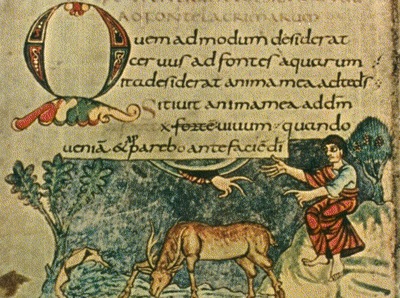
|
| ||||||||||||||||||||||||||||||||||||||||||||||||||||||||||
|
||||||||||||||||||||||||||||||||||||||||||||||||||||||||||
|
| ||||||||||||||||||||||||||||||||||||||||||||||||||||||||||

alphabets, letters, & wordsHere, The Muse Of Language Arts presents a collection of alphabets taken from different languages. When pertinent, The Muse also provides historical information about the history, evolution, and other aspects of alphabets, about the letters which compose them, and about the words they form.
what are alphabets, letters, and words?We all know that alphabets consist of letters (characters). Letters make up words; words make up the sentences and paragraphs that in turn are the building blocks of the language arts. Although less complex than some of the other elements of language, alphabets are the cornerstones of language; they proper use is fundamental to success for those arts that incorporate them, such as music, literature, and the language arts themselves. All this may all seem simple, but where the arts are concerned, alphabets, letters, and words are worth a close look. About this featureThe word alphabet is derived from the Latin names for the Greek letters that represent the first two letters of the Greek alphabet, alpha and beta; they are a compound of these two words. That's why you see the words alpha and a beta gracing the top of this page. Here, The Muse Of Language Arts presents a collection of alphabets taken from different languages. When pertinent, The Muse also provides information about the history, evolution, and other aspects of alphabets and other kinds of linguistic symbol systems. alphabetsHere, The Muse explores a variety of alphabets. Quite properly, given their Greek heritage, the Ancient Greek Muses have prevailed on The Muse Of Language Arts to make the Greek alphabet the first on the list of alphabets presented here.
ETAF RecommendsA lot has happened since writing was born, more than The Muse Of Language Arts can cover here. Want a very readable and entertaining yet comprehensive and humorous treatment you can explore further? If the answer is yes, Letter Perfect: The Marvelous History of Our Alphabet From A to Z, by David Sacks is for you. It does the job in only 400 pages, yet is so thorough it contains an index. The focus is on the history of the English alphabet but you learn a lot about all alphabets around the world through history. Consider acquiring the inexpensive paperback edition. Why no table of contents, David? If you like Letter Perfect, also consider Language Visible, also by David Sacks.
Search this web site with Electricka's Search Tool:
tap or click here
Electricka's Theme Products
Shop At Cafe Press
This web site and
its contents are copyrighted by
Decision Consulting Incorporated (DCI).
All rights reserved. |
| |||||||||||||||||||||||||||||||||||||||||||||||||||||||||










